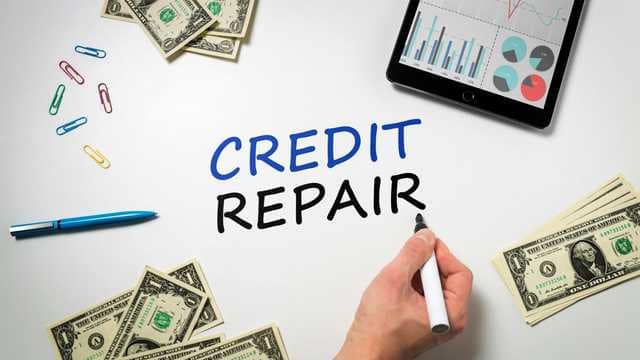So what is the credit situation in 2022?
Recovery has been seen in April 2021 as restrictions such as wearing masks were eased and people started to go out and travel again. Inflation has also increased and basic necessities have become expensive. Government financial support has also been reduced, leading people to take out credit cards and go into debt to meet their financial obligations.
In the third quarter of 2022, credit card debt approached pre-COVID levels, increasing by US$160 billion, which was the largest increase of 15% in more than 20 years. Mortgage balances increased to US$11.67 trillion from US$10.67 trillion compared to the previous year. Auto loans, home equity lines of credit, student loans, retail cards and other consumer loans also increased.
The Federal Reserve’s interest rate hikes since March 2022 have made borrowing more expensive. The annual percentage rate (APR) for all credit cards fell from 14.51% to 16.27% in the third quarter of 2022. This indicates that as interest rates increased, it became more expensive for Americans to maintain a balance on their credit cards.
Delinquency rates also increased, with the percentage of unpaid accounts increasing from 2.66% to 1.81% in September 2022. This shows that as the economy recovers and financial support from the government is reduced, many Americans are struggling to keep up with paying off their credit card debt.
In the second quarter of 2022, 53% of all active credit card accounts in the United States had a balance. This is a decrease of 1% from the first quarter of 2022 and the first drop in quarterly figures since the second quarter of 2021.
The average APR for all new card offers in December 2022 was 22.91%. Average interest rates on 0% balance transfer cards were 21.84%, while cards with no annual fee, rewards cards and cashback cards recorded an average rate of 22.56%, 22.74% and 22.64% respectively. Notably, travel rewards cards had the highest average APR at 23.14%, while low interest credit cards had the lowest APR at 17.77%.
It is evident that the economic climate in the United States in 2022 has been affected by the ongoing recovery from the COVID-19 pandemic. As a result, the use of debt and credit cards has seen significant changes. Therefore, it is essential for people to proactively budget their expenses, make timely payments on their debts, and limit their reliance on credit cards, as this trend is likely to continue for some time as the economy continues to recover.







